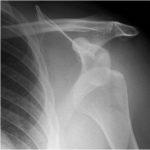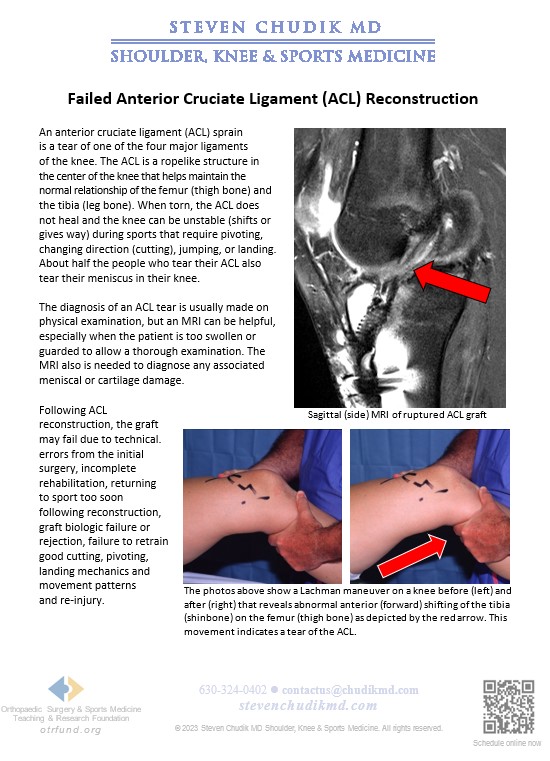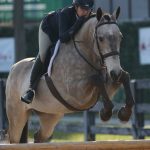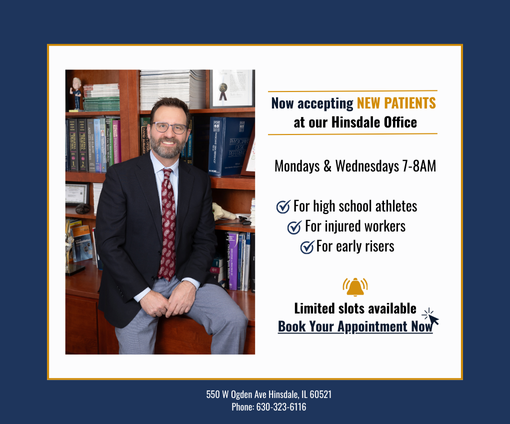 Arthroscopic expert, Dr. Steven Chudik, cites prompt treatment, thorough evaluation and physical therapy as key factors to successful return from shoulder dislocation injury
Arthroscopic expert, Dr. Steven Chudik, cites prompt treatment, thorough evaluation and physical therapy as key factors to successful return from shoulder dislocation injury
Home / Knee Surgeon Chicago Illinois / Knee Surgery / Ligament repair, reconstruction / Failed Anterior Cruciate Ligament (ACL) Reconstruction
An anterior cruciate ligament (ACL) sprain is a tear of one of the four major ligaments of the knee. The ACL is a ropelike structure in the center of the knee that helps maintain the normal relationship of the femur (thigh bone) and the tibia (leg bone). When torn, the ACL does not heal and the knee can be unstable (shifts or gives way) during sports that require pivoting, changing direction (cutting), jumping, or landing. About half the people who tear their ACL also tear their meniscus in their knee.
Learn More
 Fractured, displaced humerus is no showstopper for Lewensohn
Fractured, displaced humerus is no showstopper for Lewensohn
Dr Steven Chudik founded OTRF in 2007 to keep people active and healthy through unbiased education and research. Click to learn about OTRF’s free programs, educational opportunities and ways to participate with the nonprofit foundation.
1010 Executive Ct, Suite 250
Westmont, Illinois 60559
Phone: 630-324-0402
Fax: 630-920-2382
(New Patients)
550 W Ogden Ave
Hinsdale, IL 60521
Phone: 630-323-6116
Fax: 630-920-2382
4700 Gilbert Ave, Suite 51
Western Springs, Illinois 60558
Phone: 630-324-0402
Fax: 630-920-2382

© 2025 © 2019 Copyright Steven Chudik MD, All Rights Reserved.

